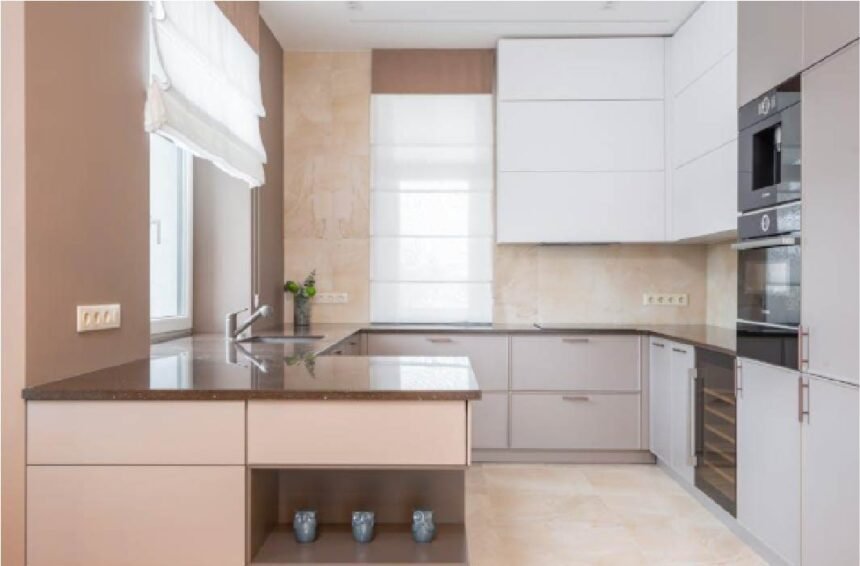Opening the kitchen to a range cooker changes everything. It isn’t just another appliance. It becomes the gravitational force that pulls focus, conversation, and even traffic flow toward itself. Some charge in with noble intentions and leave chaos behind. A space can end up beautiful but unworkable, familiar yet oddly frustrating to use. What’s lost? Time, money, patience, and sometimes even dinner itself can be lost. It doesn’t have to be this way. A little forethought makes all the difference and dodges pitfalls that catch even the most enthusiastic home renovators.
-
Ignoring True Proportion
Every year brings a fresh wave of excited buyers trawling through listings for Aga ovens for sale without stopping to consider what their kitchen can genuinely hold. The temptation is obvious: grand designs demand bold statements. Yet fitting a mighty cooker in too snug a space highlights every flaw: cabinets jammed against handles, doors refusing to open fully, and movement restricted at every turn. The outcome? Both beauty and function get squeezed out as compromise sets in early. Only by respecting actual dimensions does harmony emerge between ambition and reality.
-
Neglecting Ventilation Needs
Here’s a mistake that gets brushed aside until it’s impossible to ignore: underestimating how much heat and steam these cookers produce. People fall for glossy images and sunlight streaming in over spotless worktops while forgetting what comes next: After Sunday lunch, windows fog up, lingering smells cling like stubborn memories, and surfaces remain slick with condensation long after cooking has finished. Skip proper extraction or circulation, and comfort evaporates with it, leaving only frustration behind.
-
Poor Placement of Prep Space
Watch any experienced cook at work, and patterns become clear. When arranged correctly, the chopping board, hob, and sink perform a seamless dance. However, many new kitchens struggle when essential surfaces are placed too far from the cooking range or when poorly chosen fixtures or islands completely block access. Meals slow down as steps multiply unnecessarily or ingredients pile up where they’re needed least, a common oversight that drains the enjoyment from every meal prepared.
-
Forgetting Future Upgrades
Today’s needs rarely stay static, but some kitchens lock themselves into yesterday’s requirements forever by boxing in their range cooker tight against walls or matching counters exactly to current models’ dimensions with no allowance for change later on. When the time comes for an upgrade, or when someone finally tires of struggling with an awkwardly set oven, modifications become far harder than they ought to be because initial plans lacked flexibility from the start.
Conclusion
A great kitchen balances form with function, not just once but day after day under real conditions, not theoretical best cases sketched on paper late at night or borrowed wholesale from glossy magazines abroad. Skipping basic considerations leads directly to muted joy, if not outright regret, later on when things stop working smoothly together. Prioritise thoughtful layout decisions today. Tomorrow will come easily, along with better meals (and calmer tempers) all round.







